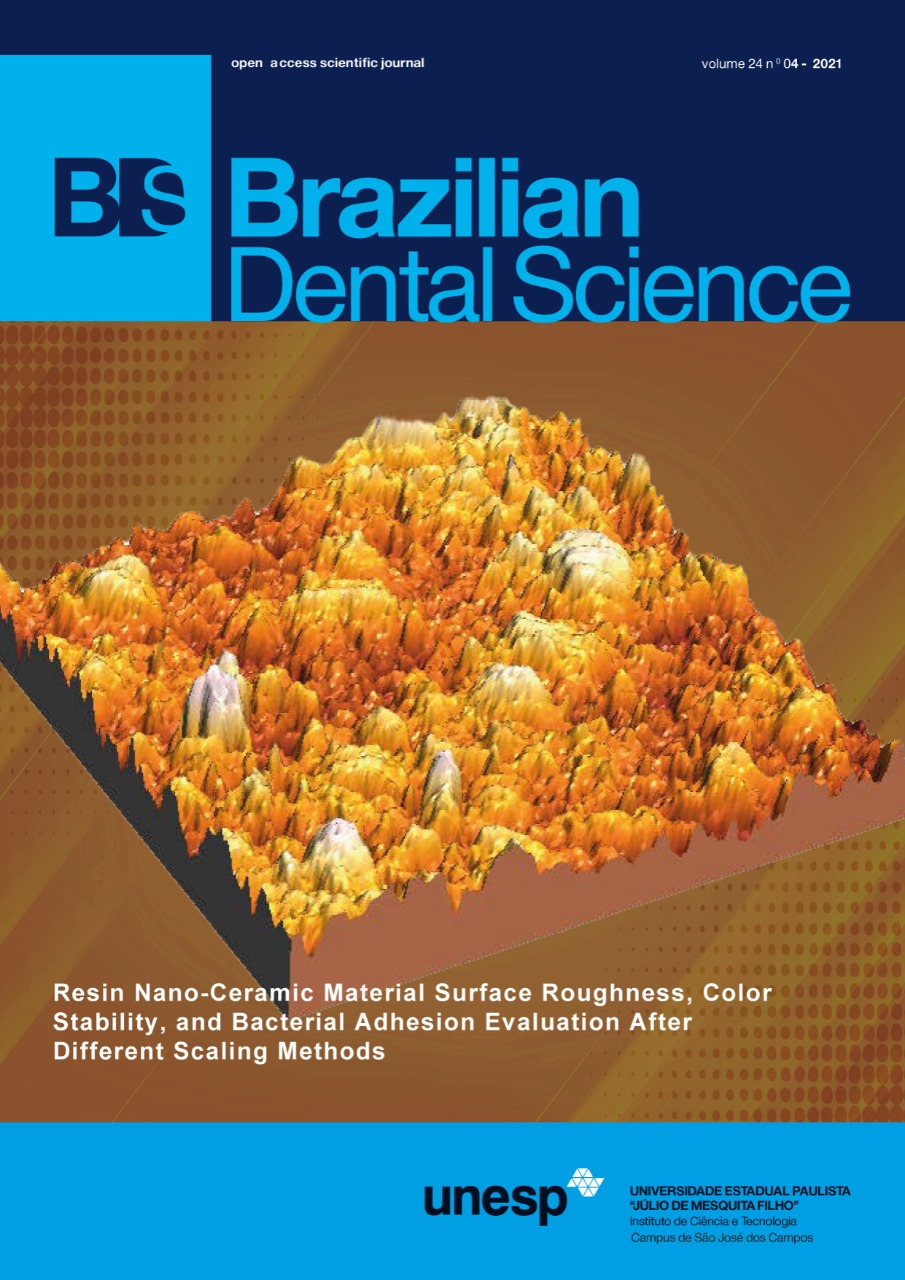Awareness and precaution attitude of dentists as regards to risks associated with exposure to COVID-19
DOI:
https://doi.org/10.14295/bds.2021.v24i4.2583Abstract
Objective: Dentists need a high level of awareness to limit the spread of COVID-19 (Coronavirus disease 2019). This study aimed to evaluate the level of awareness and attitude regarding the risk associated with dental procedures among dentists. Material and Methods: An online questionnaire was submitted to dentists between April- May 2020. The questionnaire form included questions related to demographic data, the transmission characterization of SARS-CoV-2, and treatment of COVID-19 patients. Data were analyzed using IBM SPSS V23 and chi-square test (p 0.05). Results: A total of 3825 participants (29.1 7.6 years) were included. In COVID-19, the riskiest dental branch in terms of the risk of contamination through saliva was considered to be Periodontics (32.2%), while the least risky branch was Orthodontics (0.2%). Specific dental treatment procedures considered at high risk of contamination were tooth preparation (69.4%), scaling and root planing (63.5%), filling (53.4%), and pulpectomy (40.5%). The parameters of the study that differed according to gender and professional status were the viability of the virus, the risk assessment, saliva contamination risk, and aerosol-generating activities for COVID-19 (p 0.05). Conclusion: Dentists were aware of the risk assessment and extra precautionary methods. However, they had limited knowledge about the viability of the virus. Dentists should be aware of recommended approaches and update their knowledge about COVID-19 to limit the spread of the disease. Since dentistry is an area suitable for the transmission of the COVID-19, the fact that dentists have information about the viability of this virus will be lifesaving in clinical applications.
Keywords
COVID-19; SARS-CoV-2; Dentistry; Risk; Viability.
Downloads
Downloads
Published
How to Cite
Issue
Section
License
Brazilian Dental Science uses the Creative Commons (CC-BY 4.0) license, thus preserving the integrity of articles in an open access environment. The journal allows the author to retain publishing rights without restrictions.
=================




























